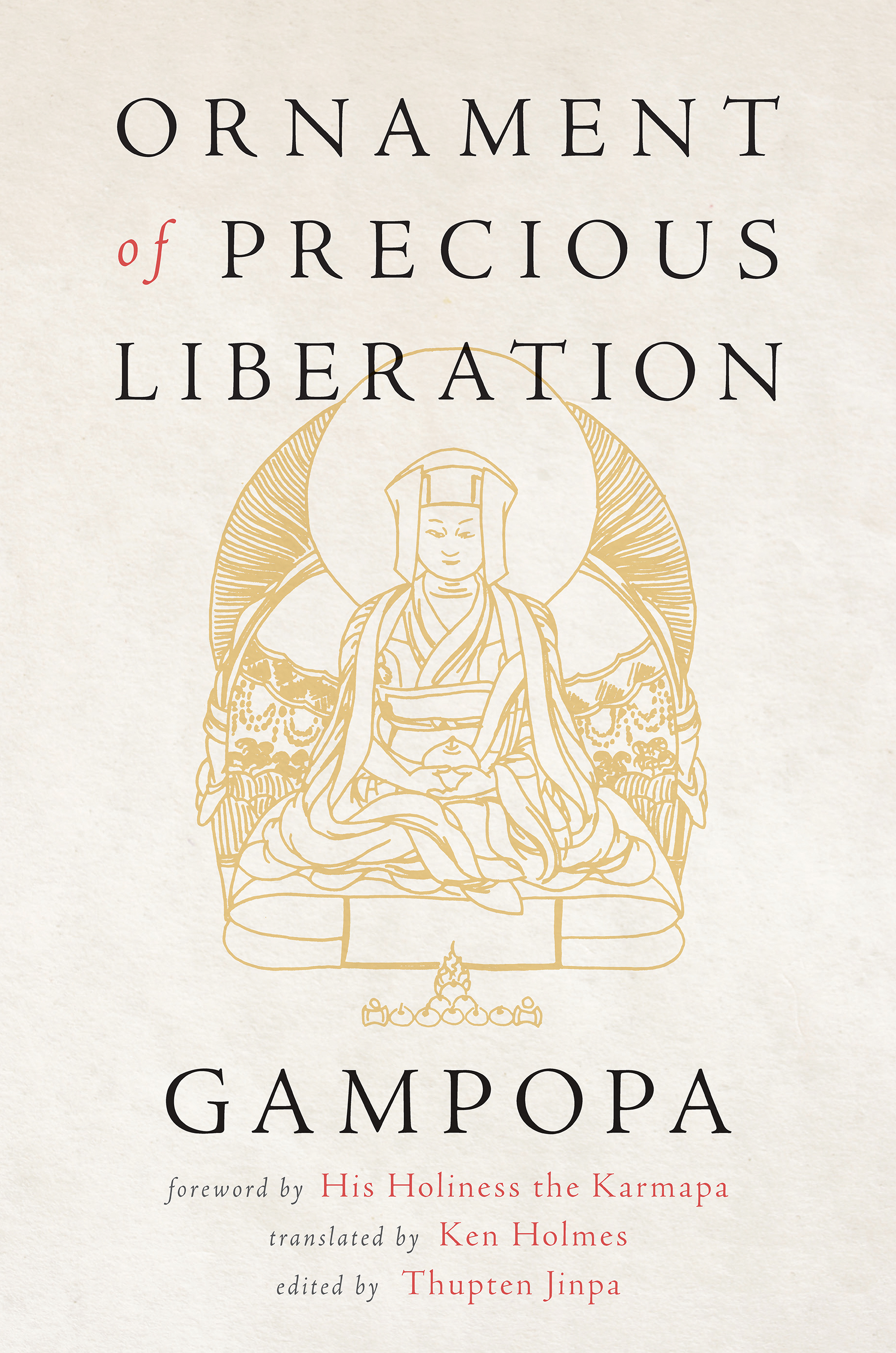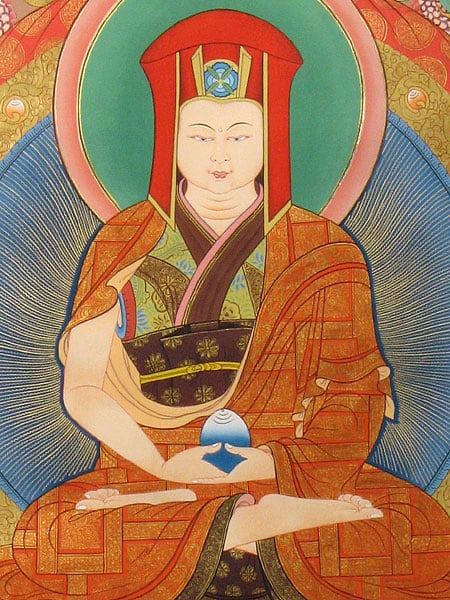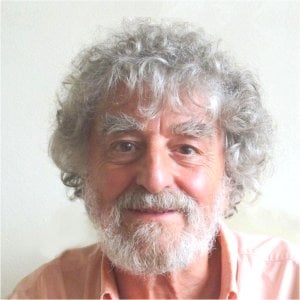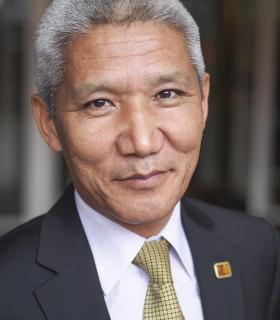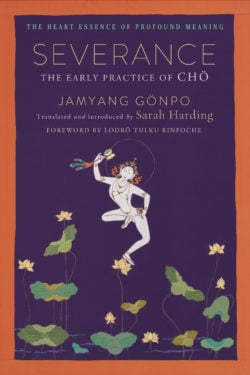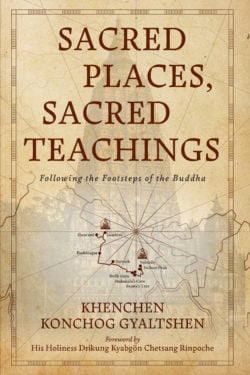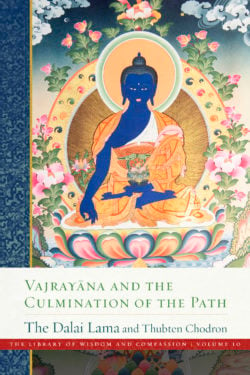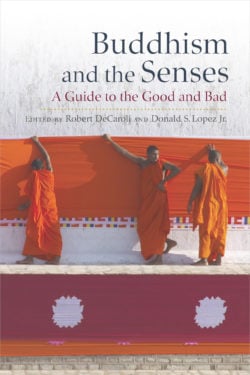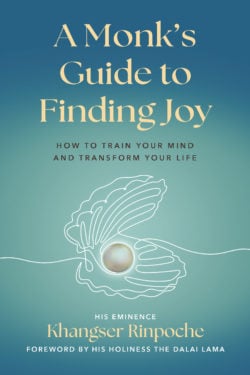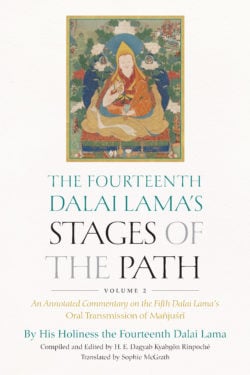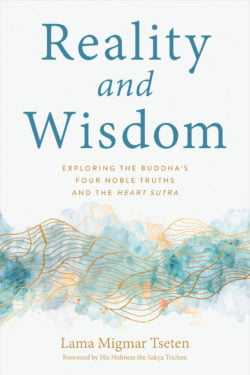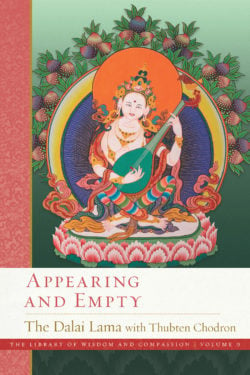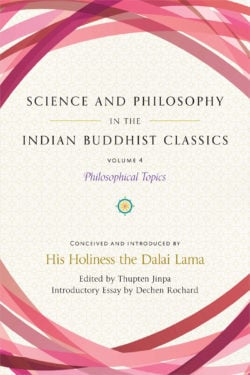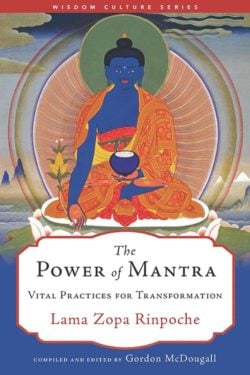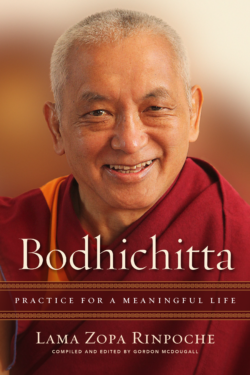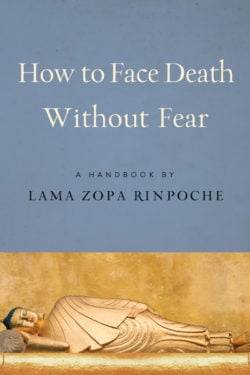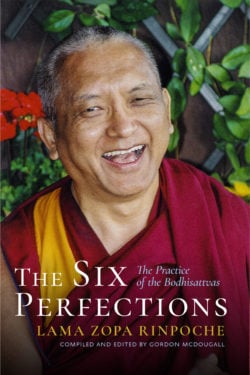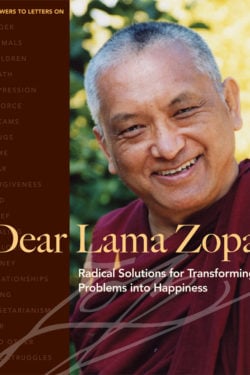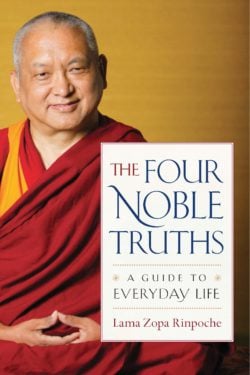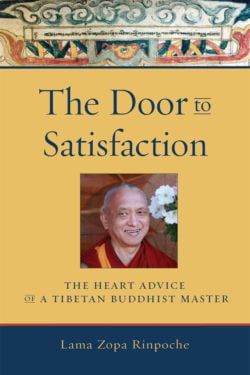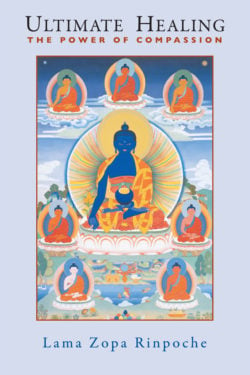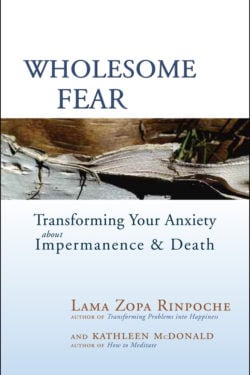“Gampopa, who was also known as Dakpo Rinpoché, was born in 1079 in Dakpo district of central Tibet. He originally trained to be a physician; hence the other common title he is known by, Dakpo Lhajé (“Doctor of Dakpo”). He began his adult life as a married layman and only began intensive religious practice after experiencing the shock of his beloved wife’s sudden death when he was still in his early twenties (ca. 1100). He eventually became one of the foremost disciples of the venerable Milarepa (1040–1123), but only after extensive studies in other traditions. Before meeting Milarepa, he had received full monastic ordination at the age of twenty-five (1104) and had sought out tantric initiations in Lower Dakpo from the master Maryul Loden. He had also studied intensively in Phenyul under masters of the Kadam tradition such as Jayulpa, Nyukrumpa, and Chakri Gongkhawa. Jayulpa (or Jayulwa) Shönu Ö (1075–1138) was a student of Chengawa (one of the above-mentioned “three spiritual brothers,” along with Potowa, who were Dromtönpa’s principal students), and Nyukrumpa was in the lineage of Geshé Naljorpa Chenpo (1015–78). Gampopa sought out Milarepa only later, finally receiving the key instructions from him (especially on “inner heat,” gtum mo) for thirteen months in 1110–11. After meditating for an additional three years, he attained awakening. He tried to return to see his master Milarepa twelve years later (1123), but the master had already passed away. He continued a primarily contemplative life for some years but then began his career as spiritual teacher, which became more and more illustrious with each passing year. Gampopa established the first Kagyü monastery, Daklha Gampo, which attracted a multitude of disciples during his lifetime. It is not for nothing that virtually the entire Kagyü lineage in Tibet calls itself the Dakpo Kagyü (literally, “teaching lineage of Dakpo”) in his honor. Through him, a discrete lineage composed of a series of secret tantric traditions from India, and limited to a handful of advanced followers, became integrated with the main elements of basic and Mahayana Buddhism, forming the broad and accessible basis of the Kagyü teaching tradition as it is today. This broad-spectrum Buddhism was then nurtured by his four main disciples, and in particular by the Karmapa lineage of reincarnations.”
—from Stages of the Buddha’s Teachings
Other books by Gampopa:
Stages of the Buddha’s Teachings

